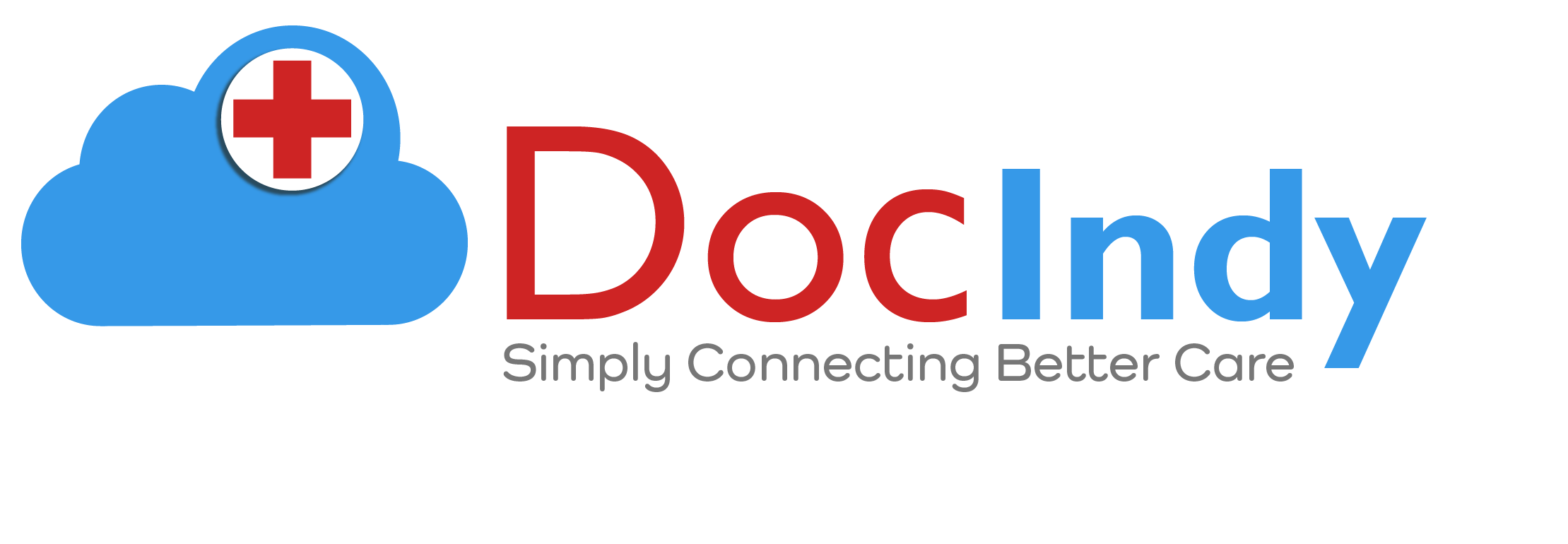Skip to content
- Surveillance
- Assess safety of home environment, for falls or injury and for other safety issues or precautions, and recommend modifications or instruct as appropriate.
- Teaching, Guidance and Counseling
- Instruct on procedures to take in the event of a natural disaster (fire, hurricane, tornado, etc.), evacuation plan.
- Instruct on basic home safety precautions to prevent injuries/falls.
- Instruct on principles of Standard Precautions (proper handling/disposal of items coming in contact with body fluids).Evaluate compliance with home safety precautions to prevent injuries/falls.
- Evaluate compliance with Standard Precautions.
- Evaluate ability to maintain care/safety in home environment.
Psychosocial
- Surveillance
- Assess patient/caregiver psychosocial, emotional, coping, alertness and sleep status.Assess barriers to care (cultural, financial, cognitive, caregiver, environment, other), and identify plan to address barriers, and implementaction plan and involve patient in action plan.Assess family/social support systems in place and adequacy of support systems.Assess caregiver burden, support, coping skills, stress level and potential risk for caregiver burnout.Assess for stress or feelings of depression related to diagnosis.
- Teaching, Guidance and Counseling
- Instruct on use of positive coping strategies (i.e., writing down and/or talking about concerns, relaxation - music, favorite TV show, doingenjoyable activities, etc.).
Interteam/Community
- Care Management
- Instruct on, review plan of care including disciplines, visit frequencies, discharge plan and support involvement of patient/family in plan of care.
- Provide the patient/caregiver written care planning instructions, based on the signed Plan of Care, to keep in the home within 5 days of Initial Assessment.
- IF POST-INPATIENT, Instruct on importance of scheduling and attending physician follow-up appointment within 7 days of inpatient discharge.
- Identify barriers and assist in making and attending appointment(s) or provide phone numbers and time frames.
- Provide opportunity to practice and role play questions for PCP/ specialist in preparation for follow-up visits or next scheduled visit.
- Instruct on the importance of a Personal Health Record (PHR), its components, and the need to share with all healthcare providers.
- Evaluate need for and/or initiate case communication or documentation of communication.
- Assess for next physician appointment (Date).Evaluate plan of care including visit calendar with patient/caregiver and identify if changes are needed.
- Instruct on community resources and support groups that can assist in maintaining positive health behavior, meeting long-term care needs and evaluate ability to access resources.
- Instruct on how and why to reorder or obtain supplies, medications, equipment and lab tests.
- Instruct on importance of follow-up with physician/other services.
- Evaluate and update patient's Personal Health Record (PHR) with changes in medications, diet, activity, allergies, s/s to monitor, etc.
- Evaluate knowledge of and agreement with discharge plans.

